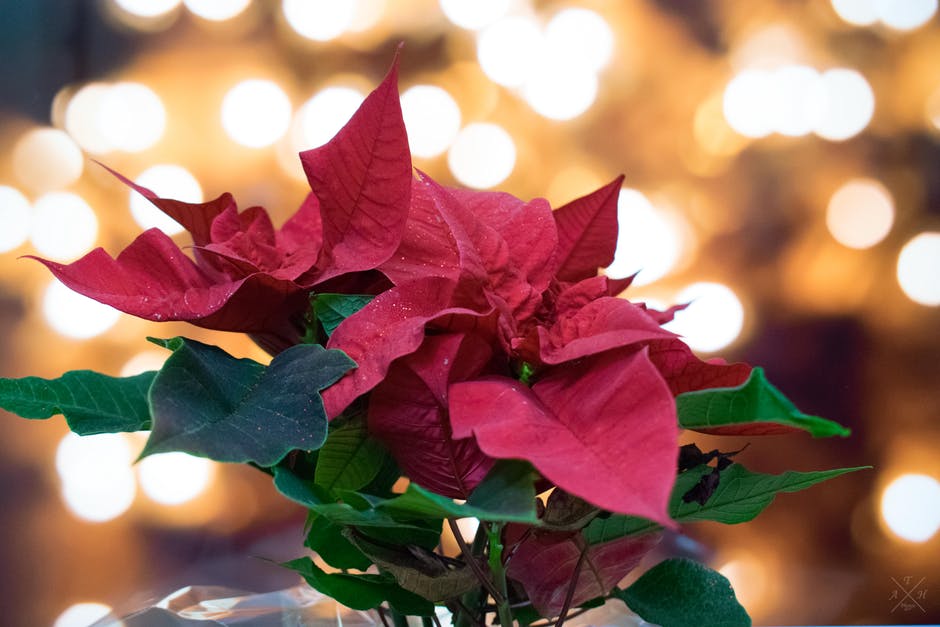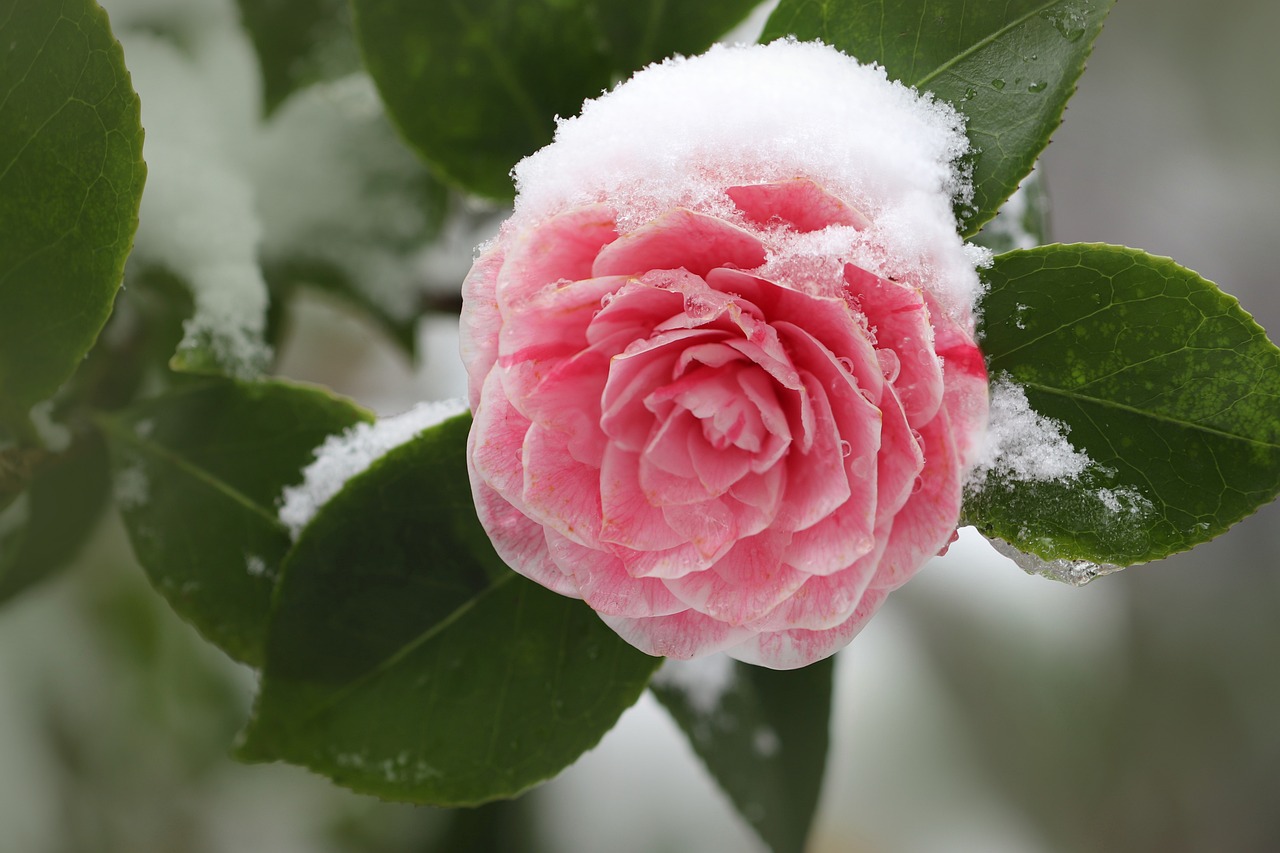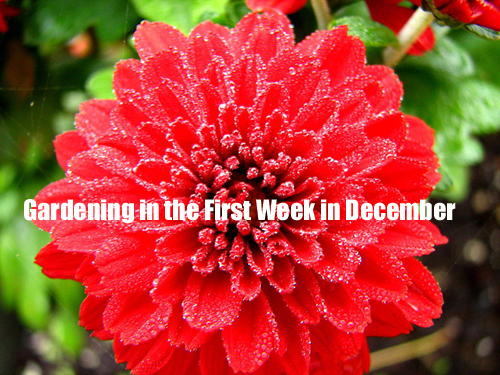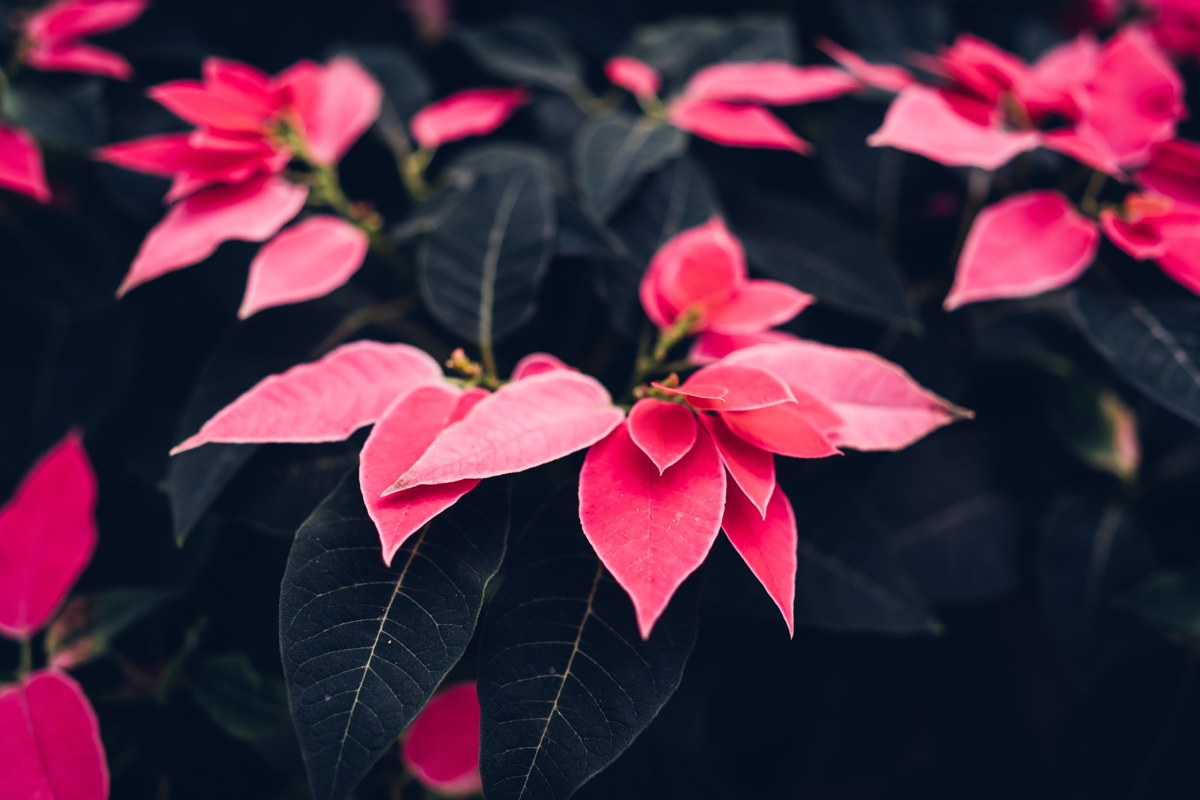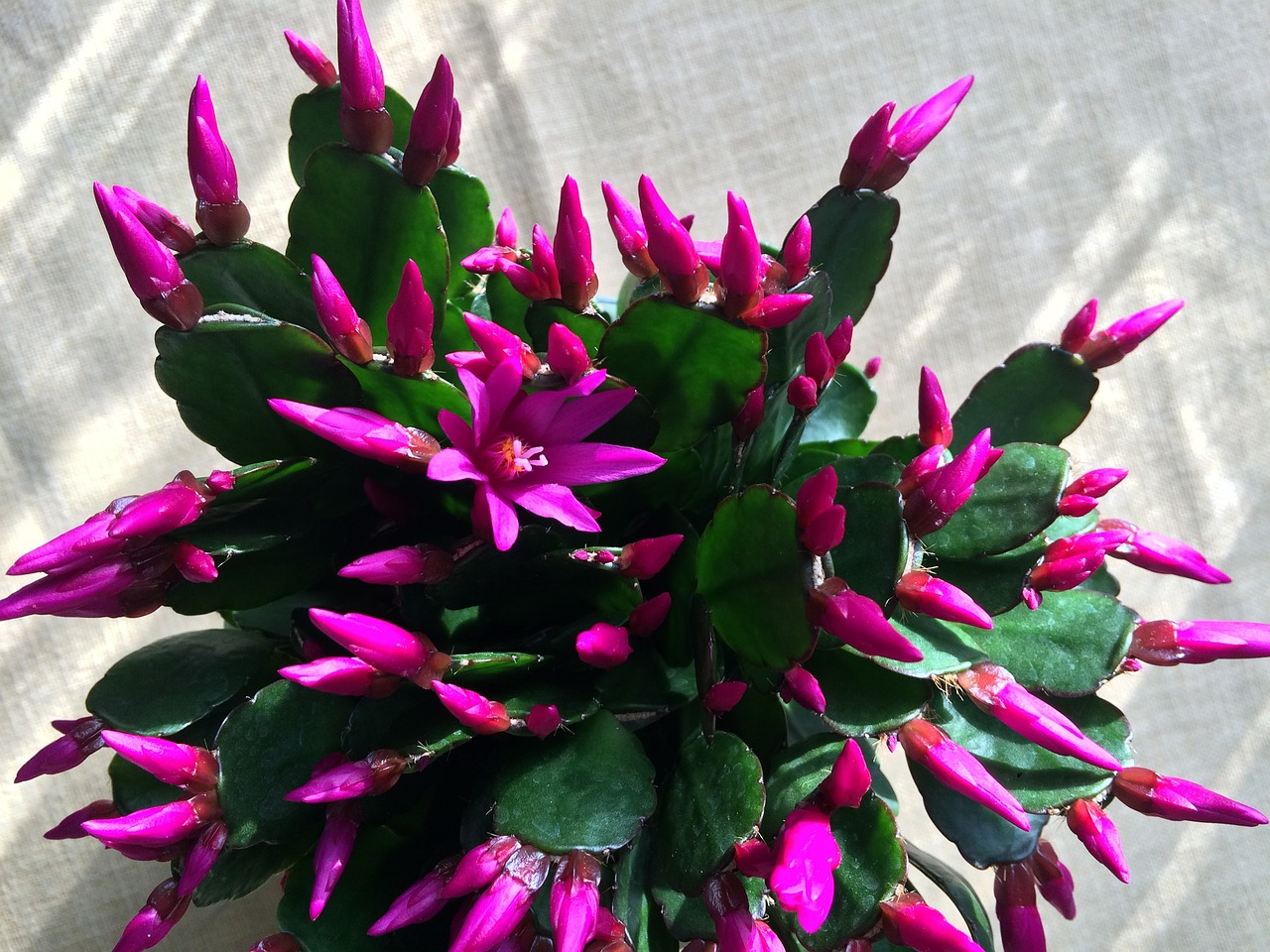The Autumn Garden – Tips, Hints and Ideas
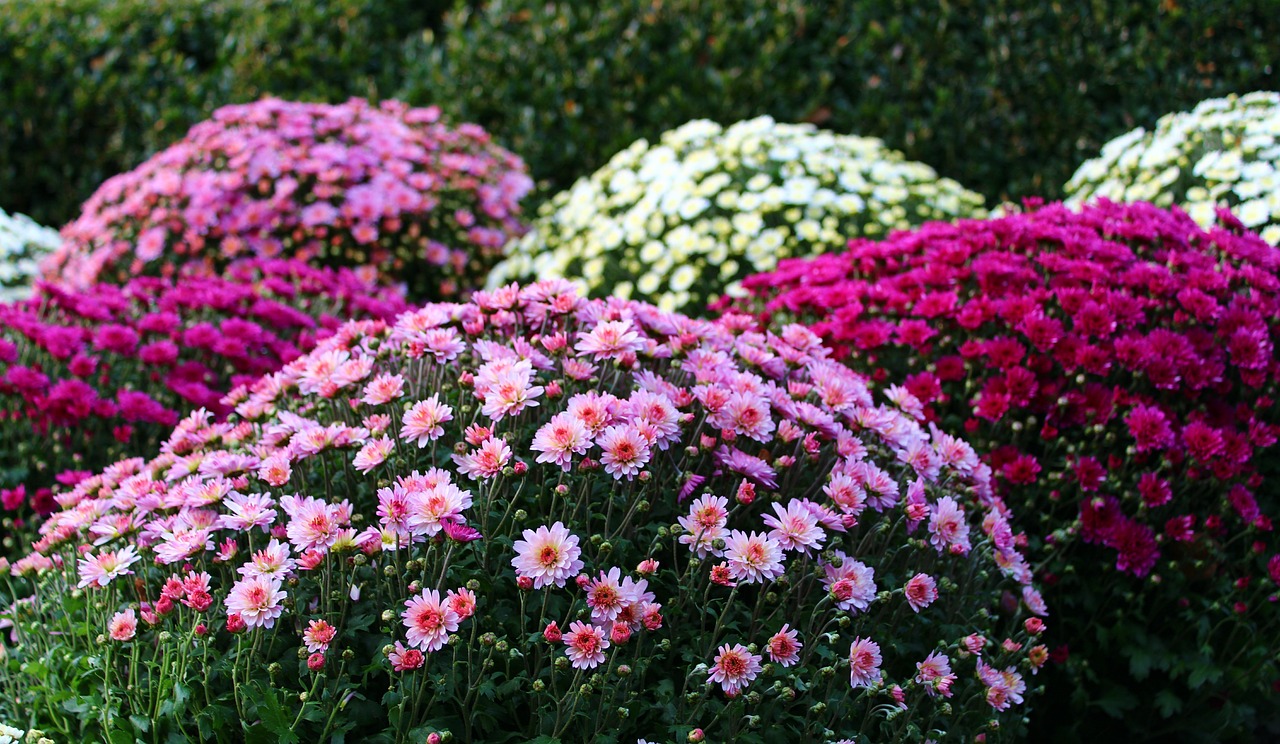
Autumn has arrived, the busy summer growing season is over and it is now time to start putting your garden to bed. This means there are still plenty of jobs to do before winter sets in and although by no means exhaustive, we hope the following list will provide you with some handy tips, hints and ideas of the jobs that ideally need to be started in your garden this autumn.
1. Leave any plants that are still firm and upright as they will provide winter cover for any wildlife that visit your garden but plants that have gone floppy should be cut back.
2. A lot of shrubs, trees and fruit will need pruning in the winter and if these are jobs you tackle yourself, now is a good time to make sure that secateurs are sharp and to replace any blunt blades on pruning saws. It is a very busy time of year for tree surgeons, so for any jobs that you know you cannot easily manage yourself, now is the time to book a professional tree surgeon. If you leave it too late, then you may find yourself having to rely on the services of someone less than professional or qualified, possibly causing damage to the health of your trees. Also for your own safety and the long term health of your trees, any major surgery, chainsaw work, substantial pruning, high, inaccessible work or work requiring a ladder should be done by a qualified, professional tree surgeon.
3. Check any apple or pear trees that you may have to see if the fruit is ready to be picked. A good way to tell is if the stalk is still on the fruit but it comes easily away from the tree.
4. A lot of people enjoy giving over part of their garden to wild flowers and these only need to be cut back once a year when they have finished flowering and the seed heads have ripened.
5. Roses, even if still in flower, should be pruned back to about a third of their height as this will help prevent wind-rock.
6. Provided the soil is not too wet, if you require any winter bedding, now is the time to do it.
7. Many people now grow tomatoes in their gardens, so check to see if they have been affected by blight. If this is the case, rather than adding them to the compost heap, where the spores will not be killed off, dry them out and then burn them. Healthy tomato plants should be fed once a fortnight with a liquid fertilizer. To prevent burning the plants, make sure the fertilizer is diluted in water.
8. If you want to, collect and sow seeds from hardy annuals and perennials. Herbaceous perennials will also need to be divided.
9. Any deciduous hedges should be trimmed now, young foliage will remain on the hedge throughout the winter, turning brown and thus creating a lovely screen.
10. Grass tends to grow a lot slower at this time of the year so remember to raise the height of your mower.
11. Any pots that are flush to the floor should ideally be raised to prevent being water logged, alternatively place them in unheated greenhouses or conservatories. Insulate any outdoor containers that require protection against frost, something that works well is good old bubble wrap, otherwise try and move them to a greenhouse or frost free area.
12. Dead-head flowers that are in planters and hanging baskets and continue to water them but reduce their feeding.
13. Think about planting some spring bulbs so that you will be rewarded with a burst of color come next year.
14. Start clearing up any leaves that have fallen which can then be put on the compost. Alternatively, put them in black sacks and leave for twelve months. This is an excellent way to add nutrients to you soil as a mulch. Also clear away any diseased material to prevent pests and diseases that overwinter in the garden from reappearing with a vengeance next spring. Any diseased waste needs to be dried out and burnt. Apart from woody stems, put all other garden waste on the compost so that you have rich, organic goodness to put back into your soil next spring.
15. Ensure that any rain water collection butts that you may have are working and if nearly empty, pour out and give them a good scrub with clean water to reduce build-up of algae.
16. Any stakes, canes, fruit nets etc that are no longer needed should be removed, cleaned and put away for next year.
17. Greenhouses and cold frames could probably do with a clean out in readiness for use during the autumn and winter months.
18. If you enjoy the sight of birds visiting your garden, put out some bird food for them but make sure it is in a safe area away from where predators can easily pounce!
Burning Garden Waste
Some garden waste is unsuitable for composting, for example diseased leaves, which are best burnt to avoid any further spread of disease. To create the minimum amount of smoke and a quicker burn time, all garden waste should be thoroughly dried out as burning even garden waste, especially if still green and damp, will cause harmful pollutants and dioxins to be emitted into the air and is also very unpleasant for your neighbours. Most local councils now provide a green waste collection, which is a much better alternative to burning.
Something to bear in mind is that, although not an offense to have a bonfire in your garden, it is an offense to cause smoke nuisance in law under the Environment Protection Act 1990.
We hope you have found the above information interesting and useful and we are always adding fresh new articles, so do pop back soon.
The Author:
GraftinGardeners are tree surgery specialists in London and surrounding areas. We have tree surgeons Holland Park and tree surgeons Clapham.
Photo. Armennano
Source: EA


